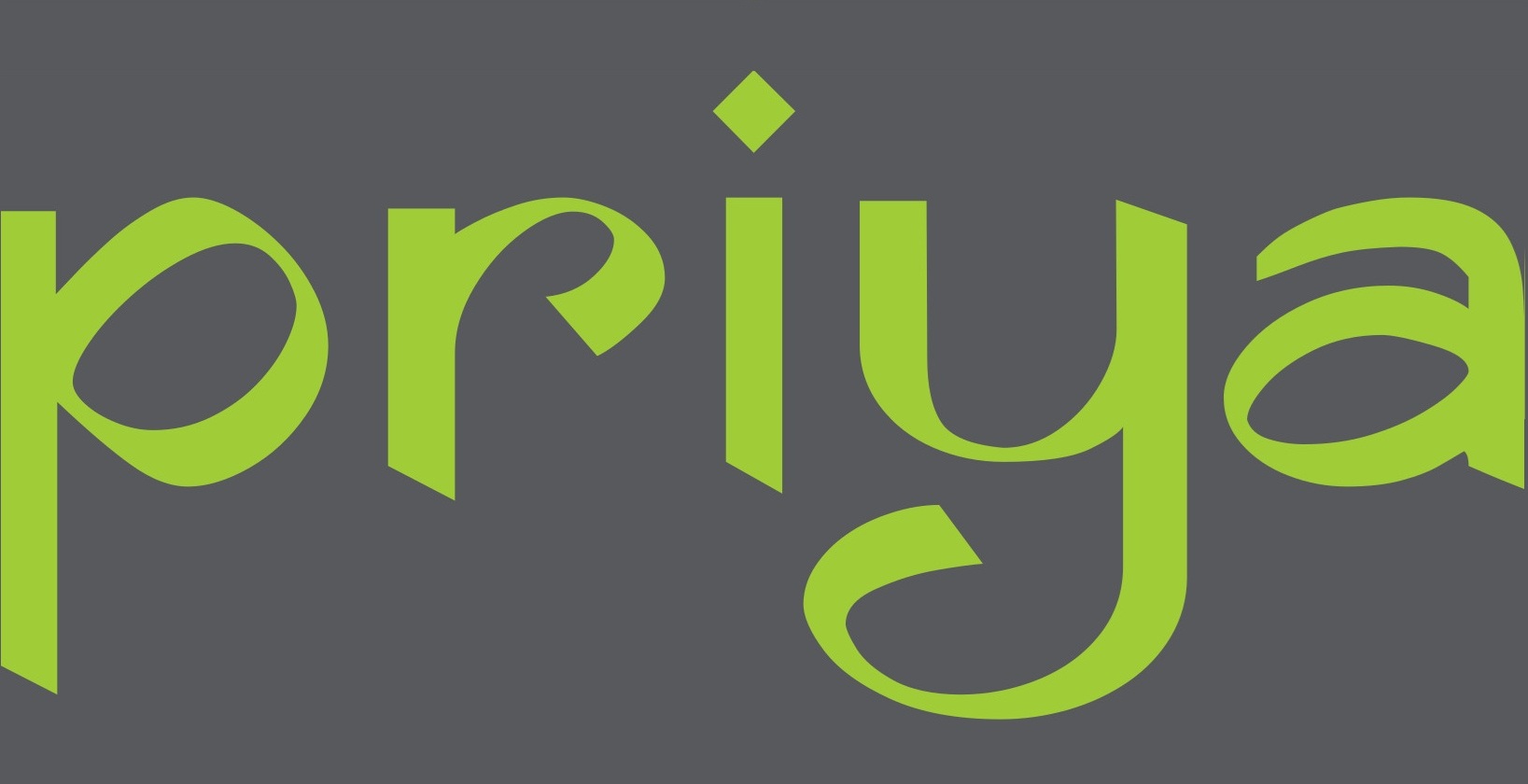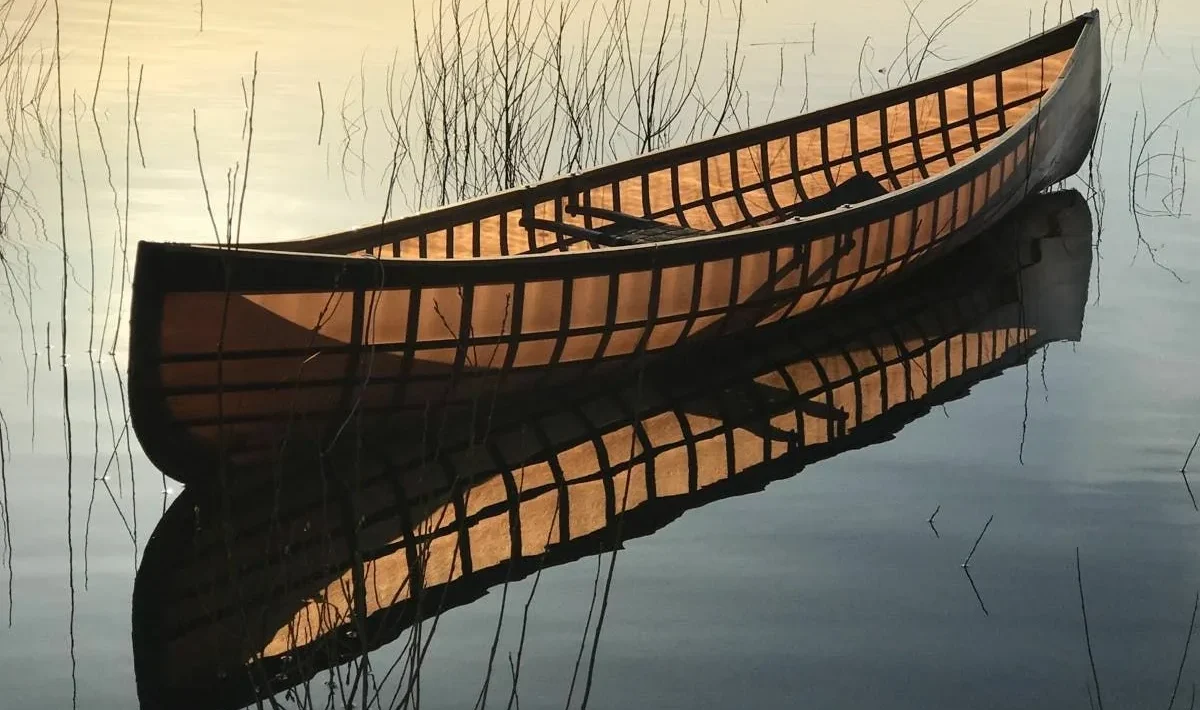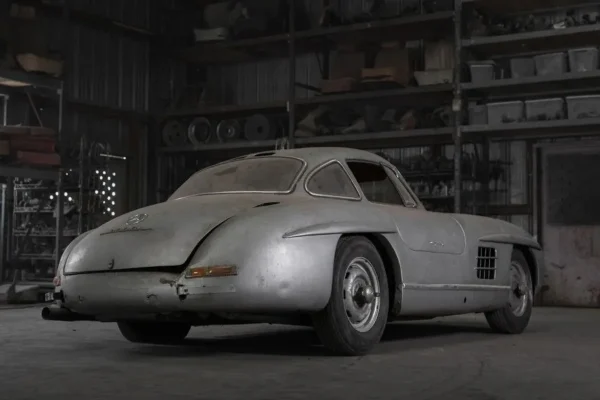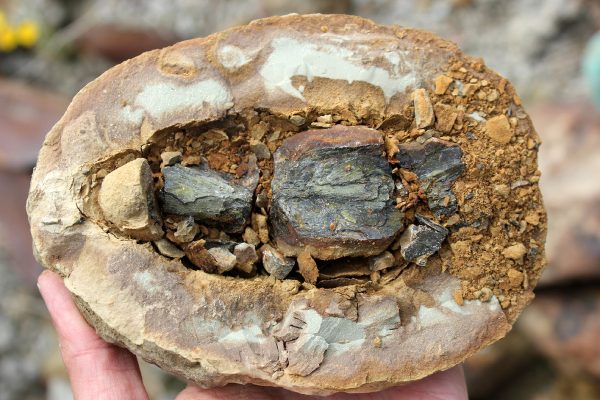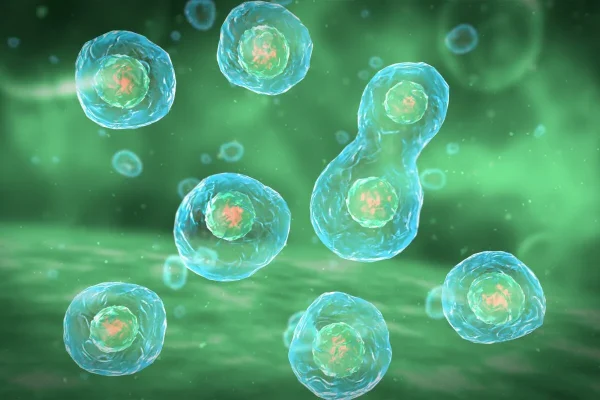Sam Shoemaker, a native of California, hand-built the small boat out of mycelium filaments. The project sparked the interest of scientists and artists
Table of Contents
Sam Shoemaker, an artist and mycologist from Los Angeles, challenged the logic of physics in the search for sustainable alternatives to plastics. Inspired by the adaptability of mycelium, the network of filaments that forms the structure of fungi, he conceived the idea of using this living, biodegradable material to create eco-friendly boats.
His initiative was born out of the conviction that biotechnology can offer innovative solutions where conventional materials have dominated for decades. In this way, he opened up a new horizon for design and experimentation in the maritime field.
The challenge of crossing the waters in a mushroom kayak
On the west coast of the United States, he paddled 42 kilometres between Catalina Island and San Pedro, marking a milestone in eco-friendly alternatives for navigation. This 12-hour journey was unexpectedly accompanied by a 15-metre fin whale.
You may be interested in: Lough Neagh, the largest lake in the United Kingdom, ‘is dying’ due to an unprecedented ecological crisis
As he explained in an interview with The Guardian, his adventure set a record for the longest distance travelled in open water with a vessel of this type. The achievement not only represents a technical breakthrough, but also brings to the forefront the potential of mushroom-derived materials to transform the maritime sector.
During his trip, Shoemaker faced demanding conditions aboard his mycelium kayak, a yellowish-brown structure with an uneven surface. The whale’s accompaniment added an unexpected and symbolic element to the journey: ‘It was like a psychedelic experience,’ he said in the interview.
The scientific and artistic community has closely followed this experiment, which challenges the limits of what is possible in replacing plastics. It was developed from the network of filaments that form the basis of fungal growth. To make it, the artist used wild mycelium from Ganoderma polychromum.
He used a fishing kayak as a mould and cultivated the mycelium inside it, with more than 136 kilograms of inoculated hemp substrate. The propagation process took almost four weeks, followed by several months of drying with fans. The result was a sturdy, hydrophobic boat with a texture similar to cork.
The origin of the mushroom kayak project
The origin of the project dates back to his career as a propagated mushroom sculptor, a practice that evolved after he obtained his Master of Fine Arts degree from Yale in 2020. His interest in fungal materials evolved into aquatic experimentation, integrating him into an emerging community committed to finding ecological substitutes for plastic.
The project was consolidated with the support of Fulcrum Arts, an arts organisation dedicated to fostering the convergence of art and science. Patrick Reed, the organisation’s senior curator, joined the enthusiasm after visiting Shoemaker’s studio in December 2023, formalising the collaboration in early 2024.
The term ‘AquaFung,’ proposed by Phil Ross, Shoemaker’s mentor, refers to mycelium materials used in aquatic contexts. Ross explained to The Guardian that this practice shares properties such as lightness and buoyancy with plastic, but without the negative environmental impact. ‘People hate the expanded polystyrene that accumulates in the water that reaches the shore,’ he said.
He added: ‘It’s biodegradable. It acts very similarly to the material that everyone seems to hate.’
In June 2024, he completed a second kayak, also made from Ganoderma polychromum mycelium, this time weighing 48 kilograms and one metre shorter, as well as incorporating more than 230 kilograms of hemp substrate and a revamped mould. The volume was increased by 50% to improve buoyancy and stability. The project continues to evolve and face technical challenges with each iteration.
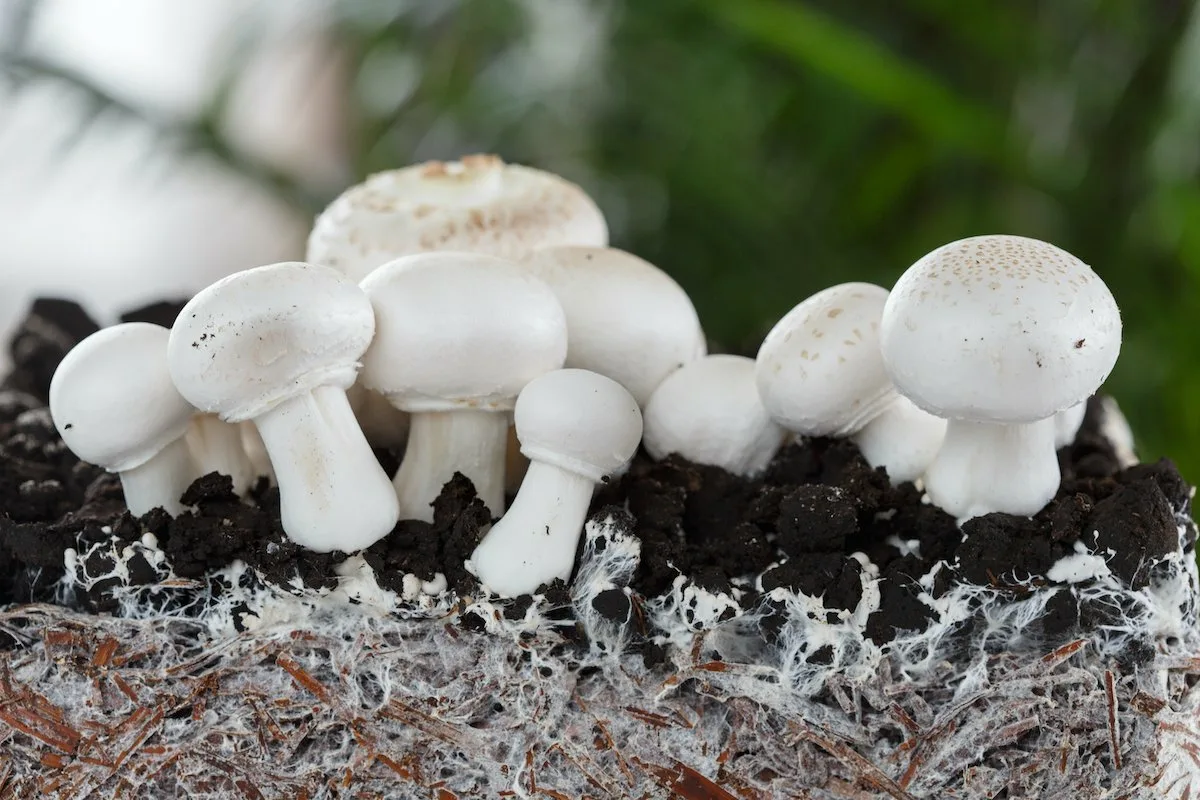
The AquaFung community and recent history
The community of enthusiasts, which includes mycologists, artists, fishermen, and farmers, is still in its early stages. This project is the second mushroom boat to be tested in water.
In 2019, Katy Ayers broke the world record for growing and sailing the longest mycelium boat on a lake in Nebraska. The use of mushroom-derived materials has begun to gain visibility, as in 2021, Stella McCartney, in collaboration with Ross, launched garments made from lab-grown mushroom leather.
Phil Ross described the journey as ‘extraordinary’ and expressed his hope that it will inspire scientific institutions to get involved in the development of these materials. ‘He did it before Stanford and Caltech, and it happened in his own backyard. This whole field is led by designers and artists, and it’s not because they’re the best scientists, but because they’re aware of the future before anyone else,’ he said.
Although the progress is remarkable, Shoemaker warns of the current limitations of the technology. The production of a single kayak required a year of work and resources, and the result is still slower and heavier than a commercial kayak.
‘People talk about fungi as a utopian future where plastic problems will disappear, but this is not a miracle solution that makes it easy to build boats,’ he explained to The Guardian. ‘I am pleased with the progress of this project, but there is still a long way to go,’ he added, noting that he plans to share his research and methodology in a 70-page open-source manual.
